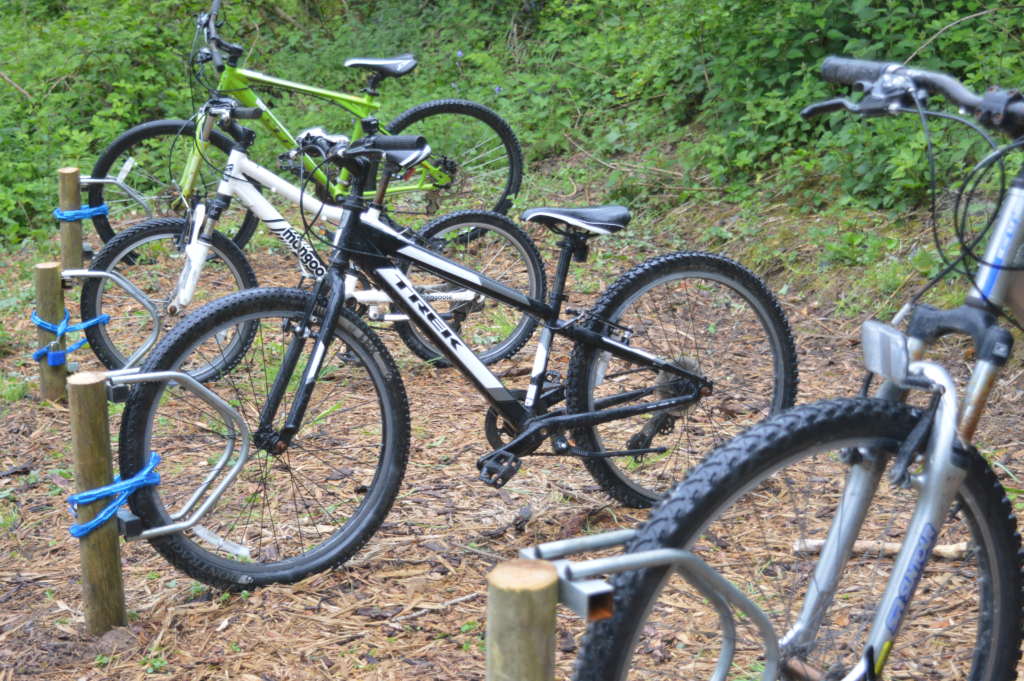Road rage incidents involving cyclists are increasing, highlighting the challenges faced by those opting for two wheels. These days, more and more of us are getting on our bikes and cycling along our nation’s roads and countryside paths. Cycling is a great way to spend time outdoors, which we all know is vital for both our physical and mental health.
However, if you’ve been cycling on main roads for long enough, chances you’ve come across some form of road rage. This could be as a spectator, as the incident could be between two cars, or a pedestrian and a car. But more and more road rage incidents are involving cyclists. In fact, some people are even going to extreme lengths to deter cyclists from the roads, such as putting pins and fishing line along popular cycle routes.

This kind of behaviour unforgivable, although thankfully not that common. But, just how should you handle the situation if you are a victim of road rage?
How To Deal With Road Rage As A Cyclist
Avoid it completely
Most of the time, drivers are simply throwing their weight around when they engage in road rage. Or, there has been some kind of misunderstanding on both sides. But unfortunately, mistakes do happen, and it some instances you could have actually been in the wrong.
Make sure you learn the Highway Code off by heart before you start cycling on any busy roads, and know which roads to avoid at what times. Even though you have just as much right to be there as any car, some traffic situations can be very dangerous, especially at rush hour.
Lorries, in particular, pose a huge risk to cyclists, as do busy junctions. In the event that you do suffer some kind of injury on a busy road, make sure you have adequate bicycle insurance to cover the cost of any repairs.

Don’t take it to heart
Many road rage incidents are simply a copy-cat tirade. For some drivers, they truly believe that they are the King of the Road and that shouting at a cyclist will let everyone else know that too.
You may be yelled at from a passing car, which clearly gives you no time to retaliate or discuss what went wrong. Consider what happened and if you were in the wrong, learn from it. But if it was just a display of brutality, don’t take it to heart.
There are unlikely to be any repercussions from such an incident, so unless you or anyone else is hurt don’t give it a moments thought.

Be the bigger person
It can be so hard to keep your cool when ANYONE is shouting at you unreasonably – let alone a driver. But, avoiding antagonising the individual any further is the most important thing you can do. Explain calmly that you were just trying to get to work and that you do not want any trouble. If the person in question gets out of their car and appears to be violent, you have every right to call the police, as they could be engaging in threatening behaviour.
Conclusion
In the face of escalating road rage incidents involving cyclists, it’s crucial to remember that cycling is not just a mode of transportation but also a way to improve our health and decrease our environmental footprint. As cyclists, we must be vigilant, prepared, and, above all, committed to maintaining safety and respect on the roads.
Firstly, being aware of your surroundings and understanding the rules of the road can significantly decrease the chances of conflict. Wearing appropriate safety gear, using signals clearly, and keeping to the right areas designated for cyclists can help prevent misunderstandings or accidents that might provoke road rage.
Moreover, it’s vital to remember the importance of remaining composed during confrontations. Responding to aggression with aggression only escalates the situation, potentially leading to dangerous outcomes. If you encounter aggressive behavior while riding, the best course of action is to stay calm, avoid eye contact, and continue at a steady pace if possible. If the situation escalates, it’s wise to find a safe place to stop and, if necessary, call the authorities for assistance.
It’s also beneficial to report incidents of road rage to help authorities identify areas where cyclist safety could be improved through better infrastructure or increased patrols. This not only helps protect you but also aids in safeguarding the broader cycling community.
Lastly, engaging in community advocacy can be a powerful tool. Working with local organizations to promote cyclist rights and safe riding practices can lead to changes that make our roads safer for everyone, including pedestrians, cyclists, and drivers alike.
Despite the challenges, it’s essential not to lose sight of the joy and freedom cycling provides. By staying informed, prepared, and proactive, we can continue to enjoy the benefits of cycling while effectively managing and mitigating risks associated with road rage.
